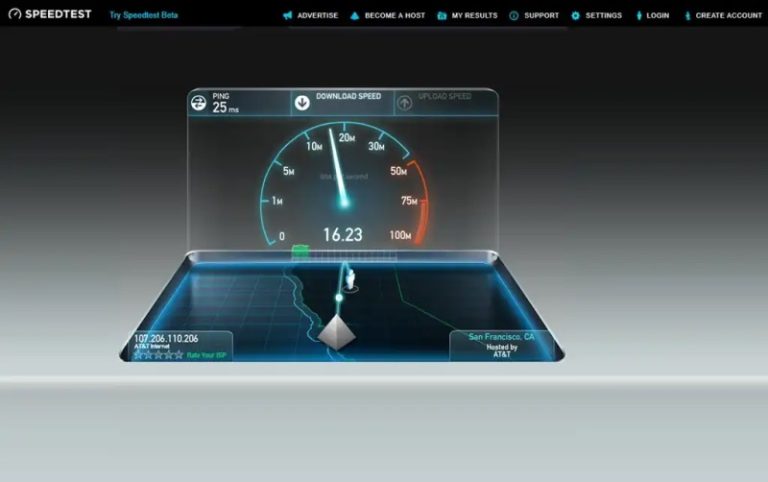What are the Different types of phishing attacks
Types of phishing range from classic email phishing methods to calls masquerading as well-known companies or organizations to more creative methods. However, the purpose is to steal user details as one. All for stealing personal information.
Phishing Campaigns – How Do They Work?
Phishing is a kind of electronic social engineering in which an attacker subliminally sends a fraudulent message intended to trick some real person into disclosing confidential information either to the attacker or to install harmful software on the computer of the victim. This attack uses hacking tools, applications, websites and emails that are specifically created to carry out phishing attacks. The name ‘phishing’ was derived from the term ‘fishing’ where hackers use fishing lures to get hold of their prey and then manipulate them in some way. A phishing attack is very dangerous because the results it may bring can be irreversible.
Phishing is now a major threat to many businesses and individuals who deal with financial transactions and confidential information. Phishing attacks are characterized by emails that claim to provide important information that the recipient is required to click on, or enter into some form of submission. However, the person will not receive or download any software, report any changes in their banking or other personal information, or connect to any Internet connection. Instead, they will be asked for personal information such as their social security number, passwords, pin numbers, or birthdays in order to gain access to important data.
How to execute Phishing Attacks
In order to successfully execute phishing attacks, scammers create emails that closely resemble legitimate-looking documents or emails that ask for personal information. For example, scammers may send spoof email that purports to come from reputable banks or lending institutions to gather personal data. To complete the phishing scheme, the scammers deliver the spoofed email to their victims, where the unsuspecting recipients open the bogus document. Once the document is opened, hackers copy all important information contained in it, including usernames, passwords, account numbers, and financial documents. This enables scammers to open fake accounts in the name of these persons.
How to protect against Phishing Scams
To protect against phishing scams, companies need to understand how attackers approach and implement the attack. First, attackers exploit a security vulnerability in a network or application by sending spoofed emails that resemble legitimate emails that appear to come from a trusted source. The next step involves sending spear-phishing attacks, which are broadcast to several thousands of people by using automated systems.
In addition to following the typical methods of spear-phishing, these criminals also create and publish bogus websites to carry out phishing attacks. When visitors to these sites visit the site, the criminals redirect them to a payment or membership sites where they obtain personal information such as credit card numbers and bank accounts. In many cases, the criminals use this information to open new accounts in the name of the victim. This enables the criminals to drain a company’s cash, transfer funds to foreign countries, and run criminal activities. To combat phishing attacks, companies must understand the ways these criminals approach and carry out their scams.
Fake Phishing sites
The so-called “fake phishing” technique, which looks and feels real, but it is actually an imposter. This technique requires the assistance of computer-savvy hackers with programming skills. These cyber attackers create a website that resembles an official business entity of a company, maybe even a financial institution. The website contains links to content that is associated with that company. For example, if a website was designed for casinos, the links may be to gambling related articles, reviews, news, and tips about online casinos.
Fake Emails
Phishing involves planting fake emails that contain malware. When recipients open these emails, the malware infects their computers and captures their bank details. With the bank details, cyber attackers can transfer money from victims to their own accounts or use the details to make unauthorized purchases over the Internet.
In both cases, the goal is to get as much information as possible from the victims. For instance, if the fake email looks like it belongs to a legitimate casino, the cyber attackers gain the victims’ personal details such as name, address, credit card number and social security number. Then they send repeated messages that appear to come from a leading casino or other popular organizations. They promise large prizes and other benefits if the victims follow the link and enter their personal data. Most people click on these messages, thinking they are helpful. Only when the victims try to check what they have signed up for in the future to find that they have been phished.
Types of Phishing Attacks
Phishing attacks can have different targets depending on the attacker. It could be a generic phishing email looking for someone with a PayPal account. These are generally recognized as phishing.
Phishing can go to the other extreme when emails target one person. Attackers usually pay a lot of attention to manipulating emails because of access rights. If email is at this end of the spectrum, it’s very difficult to avoid getting caught in it, no matter how careful you are. Statistics show that 91% of information security breaches start with phishing.
1. spear phishing
Spear phishing targets specific groups or types of users, such as system administrators in a company. If you go fishing with a rod, you can catch any kind of fish. If you go fishing with a spear, you are picking a specific fish. This is where the name came from.
2. Whaling
Whaling is a type of phishing that has been much more targeted by chasing whales, which are really big fish. These attacks target the CEO, CFO, or any CXO within an industry or specific business. The whaling email may contain that the company is being sued and that you must click on a link for more information.
When you click on the link, you will be asked to enter sensitive data about your company, such as your tax ID and bank account number. Because whales aren’t actually fish, whaling is an inaccurate name.
3. Smishing
Smishing is an attack that uses text messages or SMS (Short Message Service) to get a user’s attention. SMS with a link or phone number to click can lead to a smashing attack.
An example you may have received a lot is an SMS that looks like it’s from a bank. Your account has been compromised and we request a prompt reply. The attacker will ask you to verify your bank account number, SSN, etc. It’s like an attacker taking control of your bank account.
4. Vishing
Vishing has the same theme as all other phishing attacks. Attackers still track your personal or sensitive corporate information. This attack is carried out through a voice call. So it has a “v” instead of a “ph” in the name.
A classic example of a phishing attack is a call from Microsoft that says your computer has a virus. To install a better version of antivirus software on your computer, it asks for your credit card information. The attacker now has your credit card information and may have installed malware on your computer.
Malware can include anything from banking Trojans to bots (short for robots). Banking Trojans spy on your online activity to steal more details. This time, they steal bank account information, including passwords.
A bot is software that does anything a hacker wants. Controlled by command and control (CnC), they mine bitcoins, send spam, or launch attacks as part of a distributed denial of service (DDoS) attack.
5. Email Phishing
Email phishing is the most common type of phishing and has been around since the 1990s. Hackers send emails to any email address they can get. Emails usually inform you that your account has been compromised and you must respond immediately by clicking on the link provided. These attacks are usually easy to spot because of poor English. It’s very vague because I wrote it using a translation program.
However, some emails are also made difficult to recognize as phishing. As languages and grammars are made more carefully, they are sometimes made in the language of each country. Checking the link to the email source can also give you an idea of whether the source is suspicious.
Another phishing scam called Sextortion occurs when a hacker sends an email that appears to be from a user. Hackers claim to have access to your email account and computer. They claim to have your password and recorded video.
The recorded video is where the Sextortion part comes in. They claim to be watching adult videos on their computer while the camera is on and recording. They usually ask for bitcoins or threaten to release the video to family members or co-workers.
6. Search Engine Phishing
Search engine phishing, also known as SEO Trojans, is what hackers drive clicks on searches using Google or other engines. It entices you to click on a link, which will take you to the hacker’s website. Enter sensitive data and they will get your information. Hackers primarily use banks, PayPal, social media and shopping sites to create fake websites.




